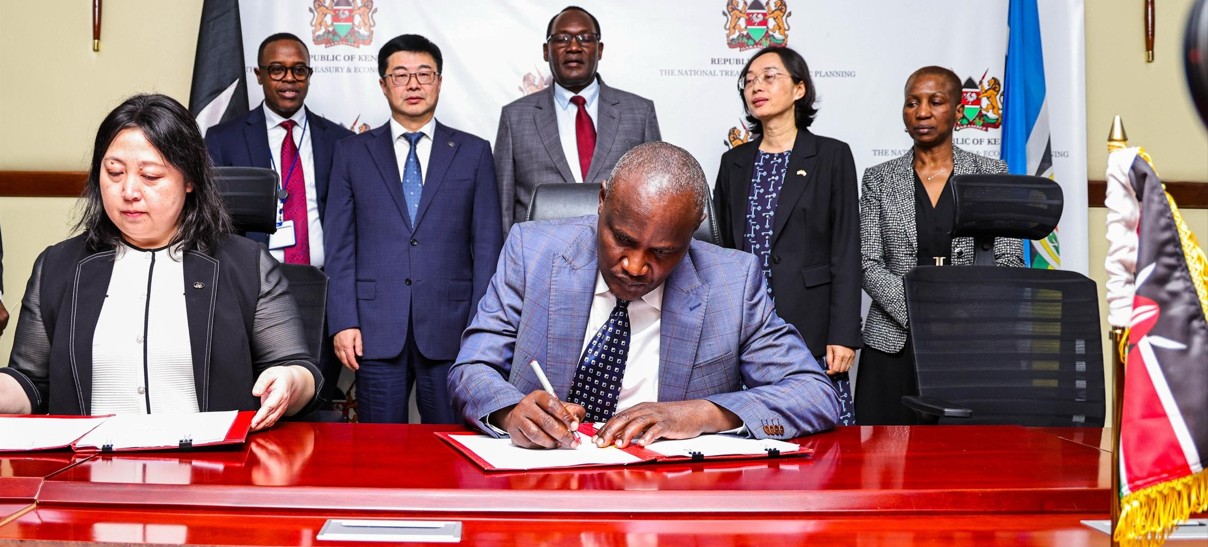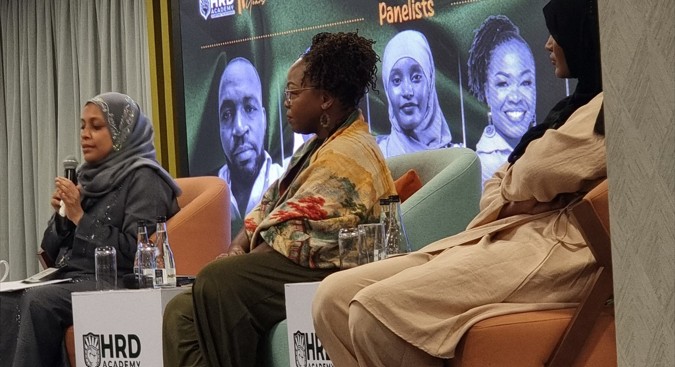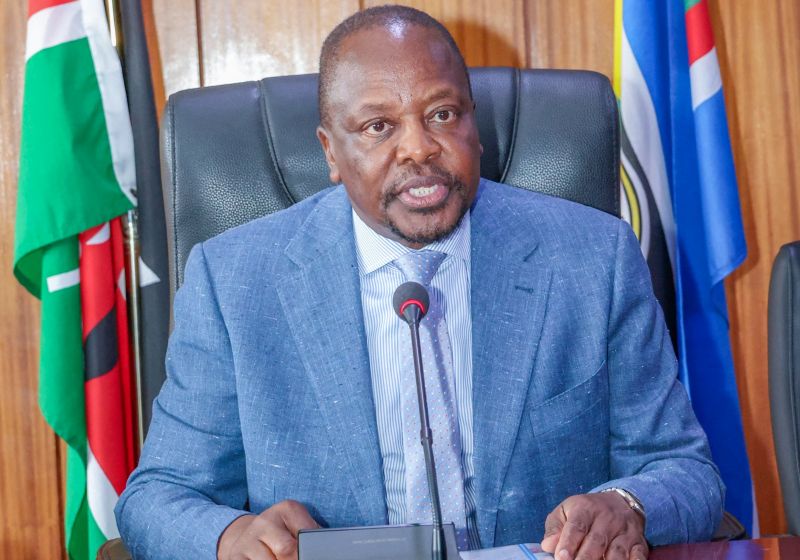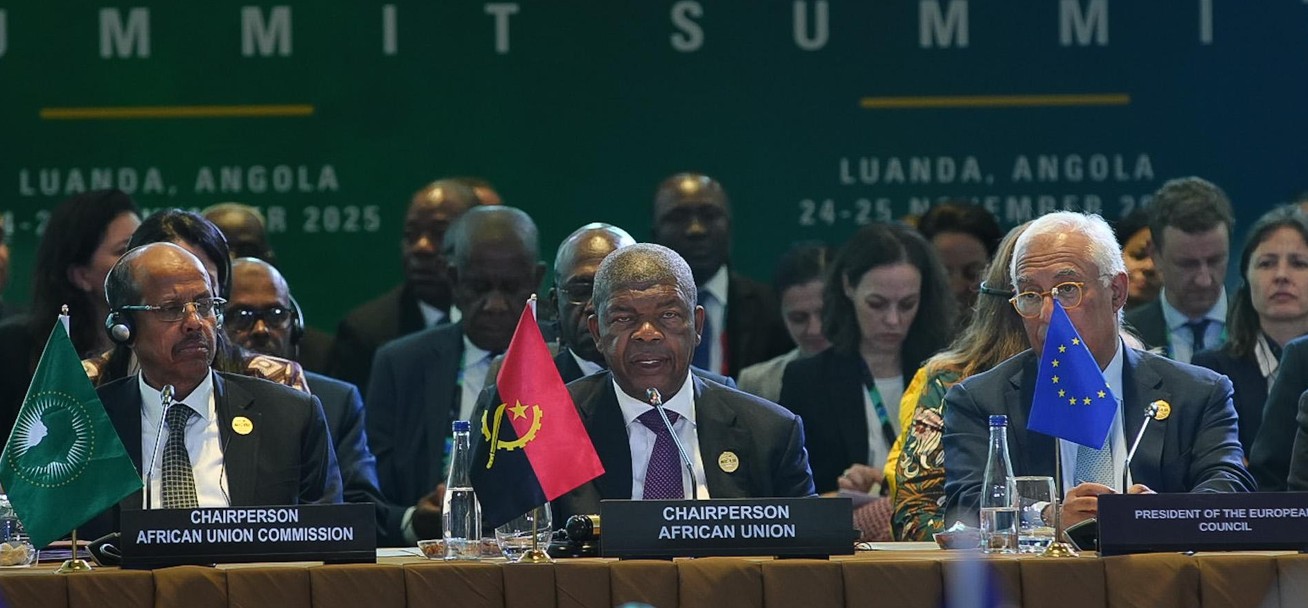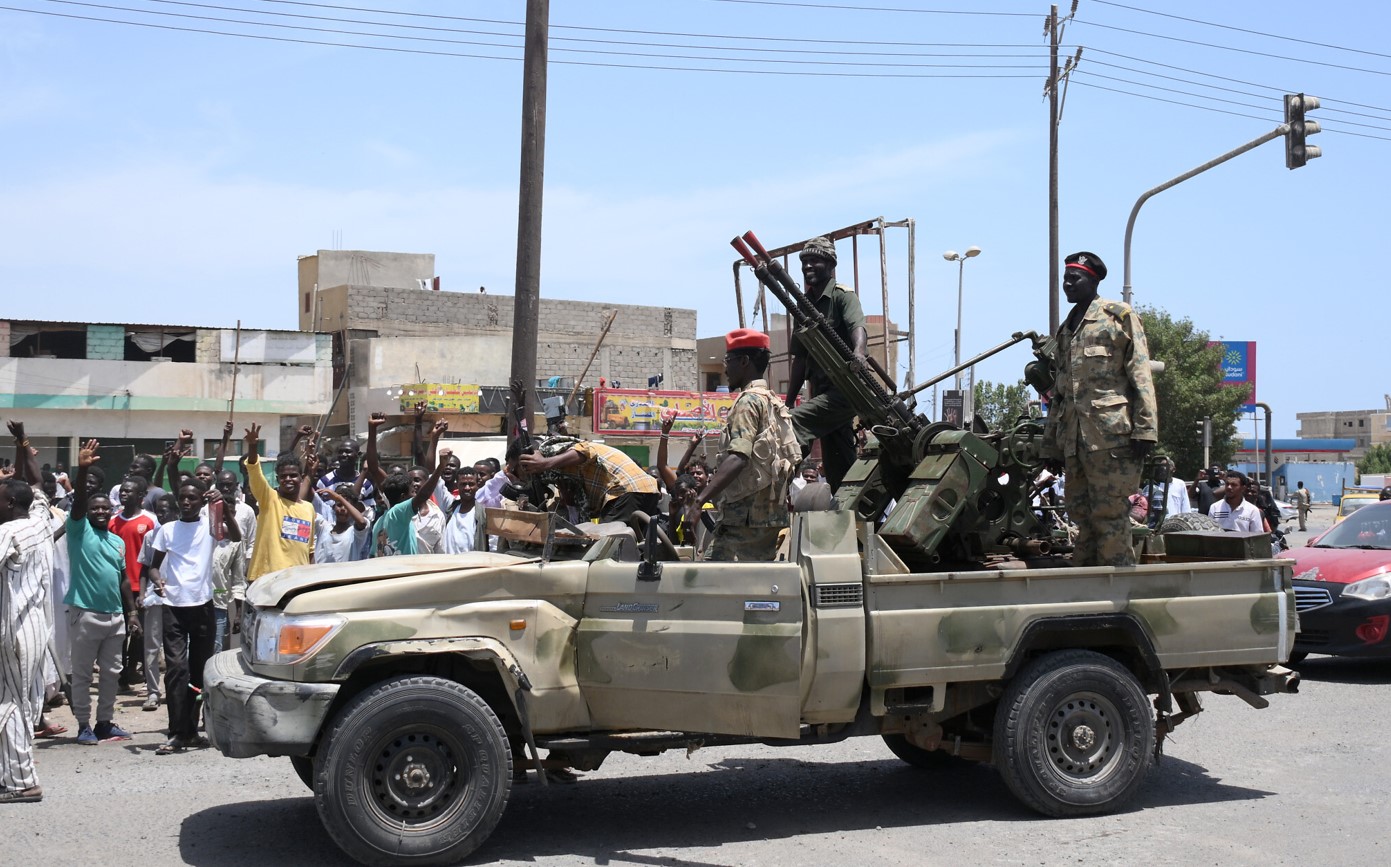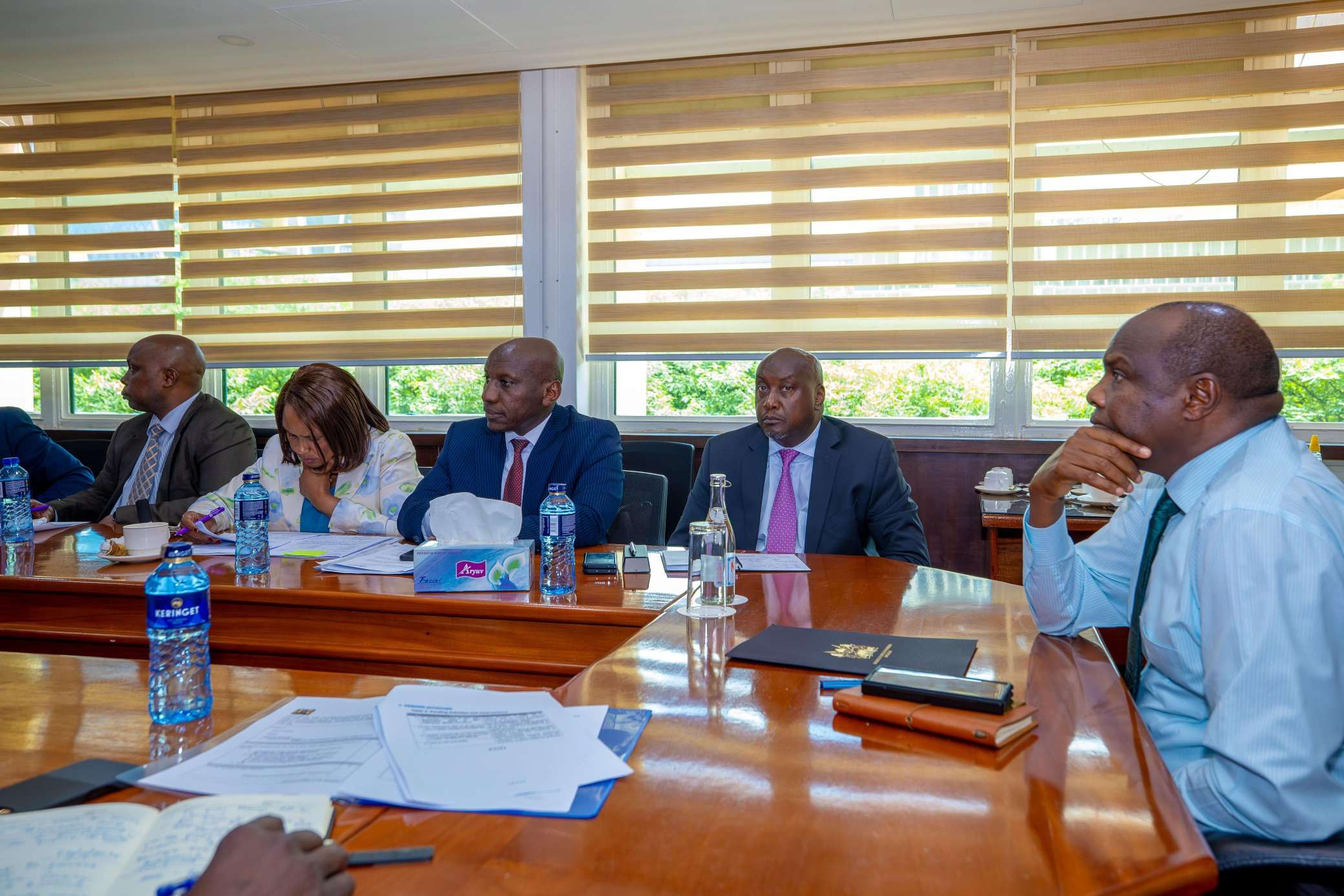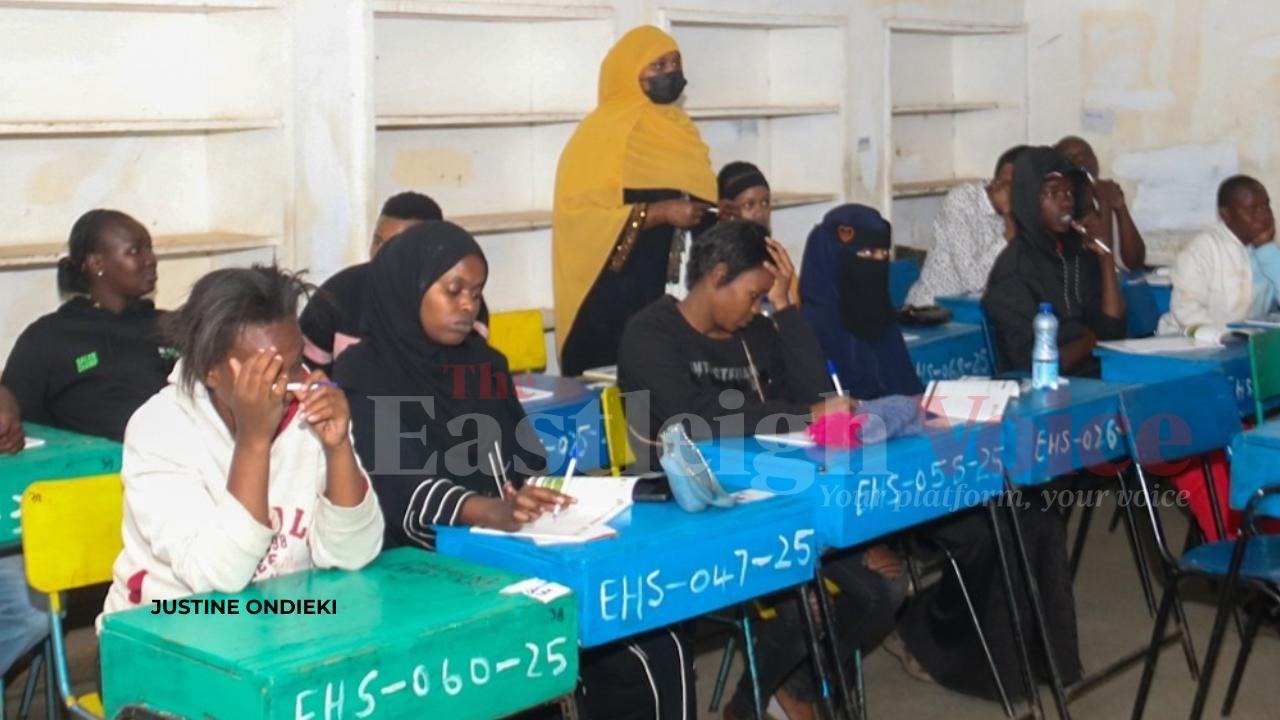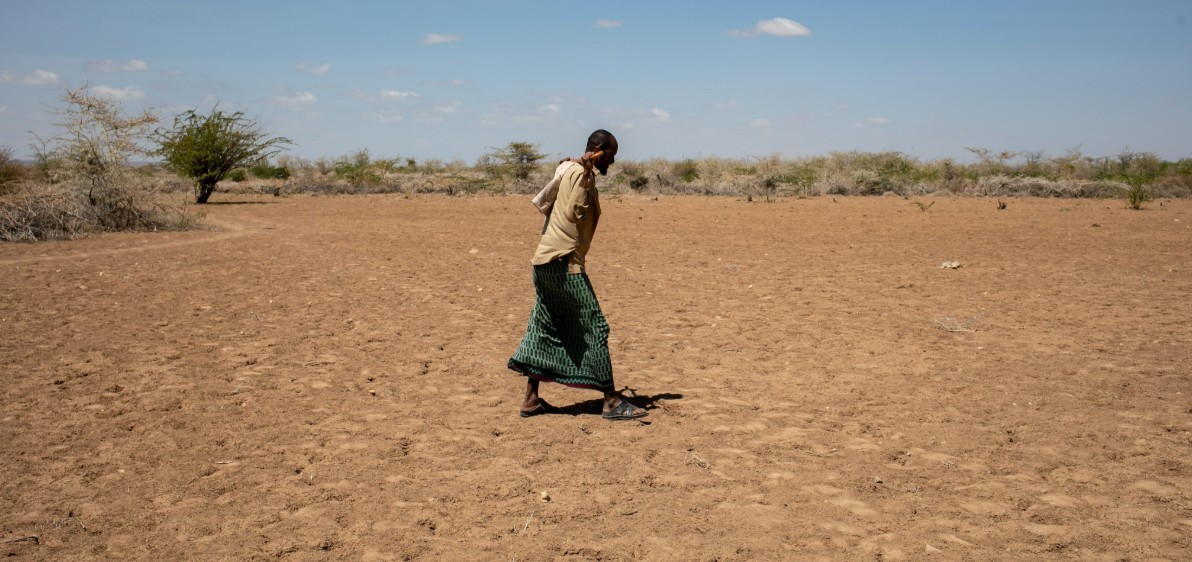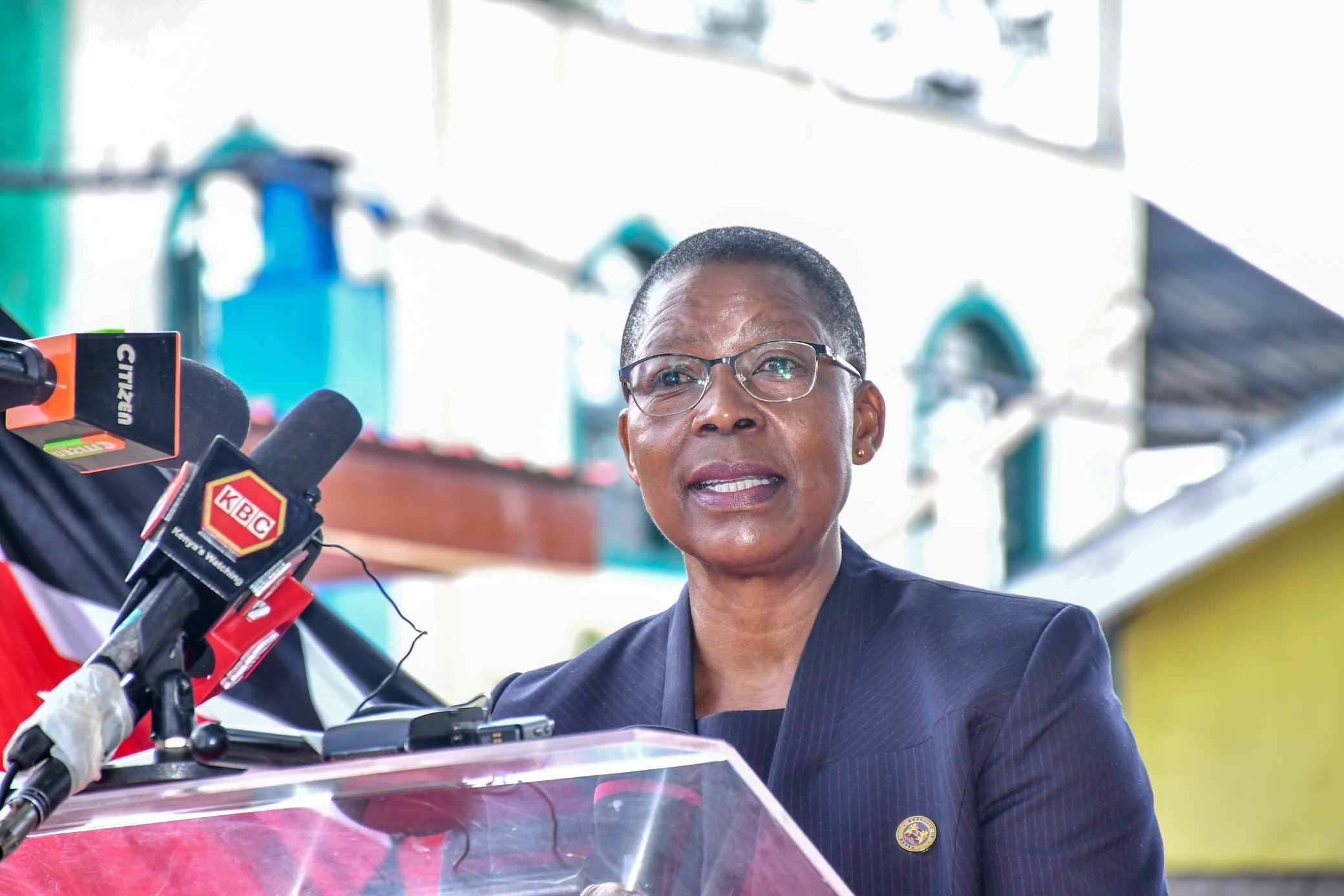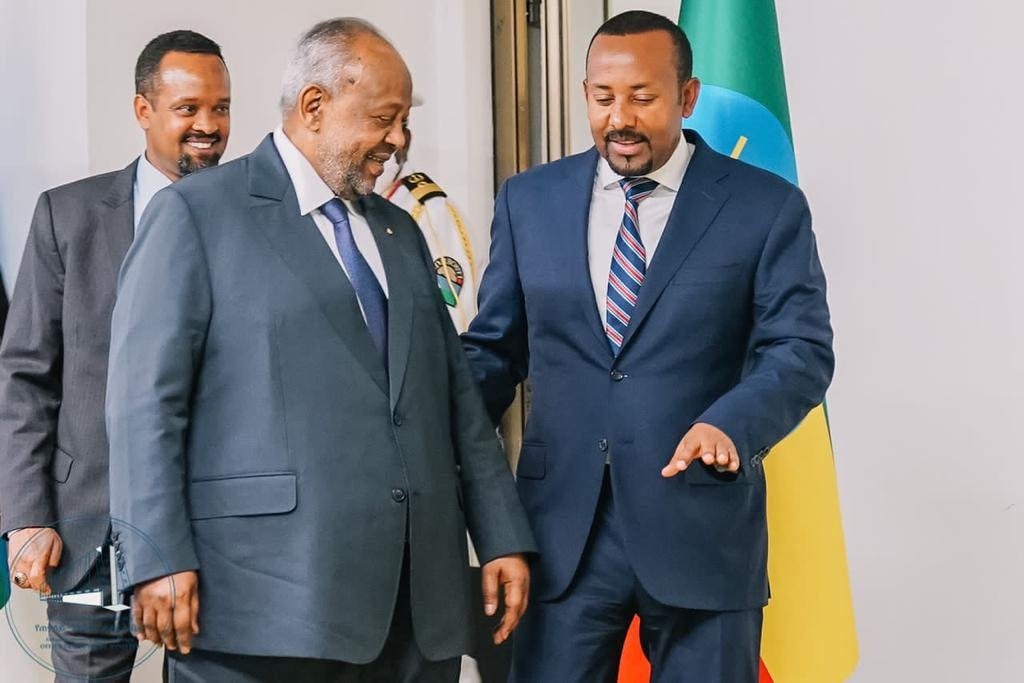Lancet warns of rising disease outbreaks as global childhood vaccination rates decline
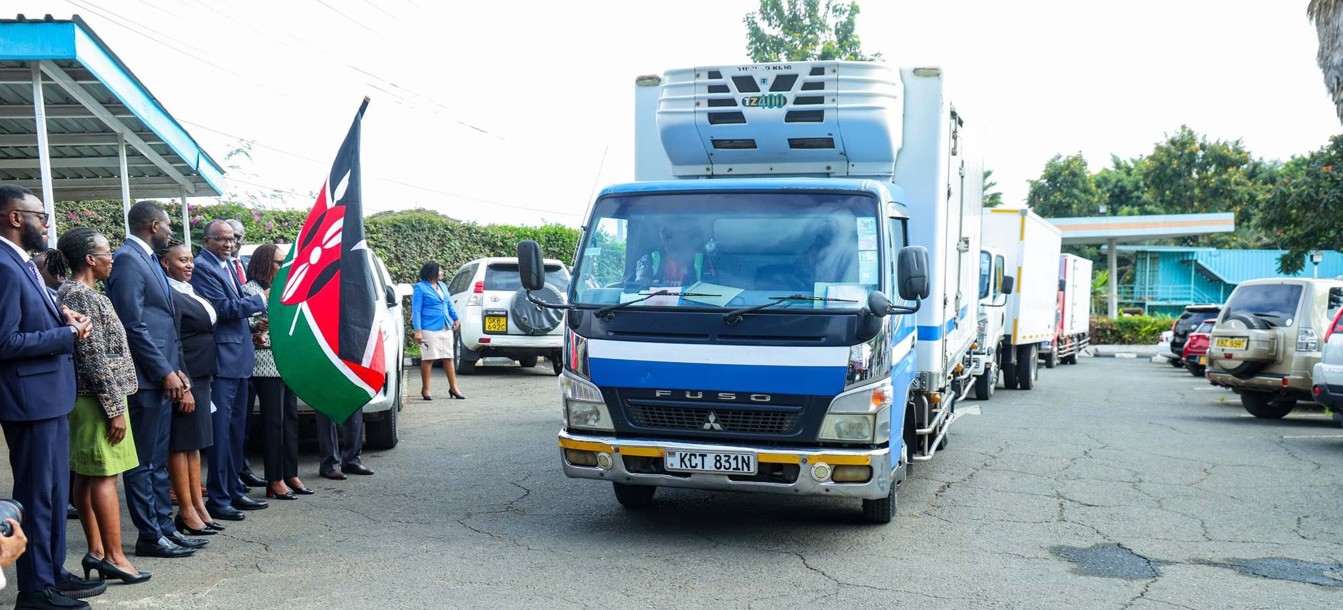
Despite decades of success that have saved over 154 million children’s lives, recent years have seen growing gaps in vaccine coverage.
Global childhood immunisation, long celebrated as a major public health success, is now facing serious setbacks, with progress stalling and millions of children increasingly at risk of vaccine-preventable diseases.
A major new study by The Lancet has revealed that progress in protecting children from vaccine-preventable diseases has stalled—or even reversed—in many parts of the world, putting millions of young lives at risk.
More To Read
- Kamukunji rallies against vaccine myths as leaders take immunisation door-to-door
- WHO says polio eradication still feasible despite Sh219 billion funding cuts
- Rising deaths among youth threaten global life expectancy gains, new study shows
- Africa: A tentative start in mass vaccine production
- Liver cancer deaths set to double by 2050 as alcohol drives Kenya’s crisis
- Kenya to benefit from Sh58 billion global polio eradication fund amid vaccine shortages
Despite decades of success that have saved over 154 million children’s lives, recent years have seen growing gaps in vaccine coverage.
Researchers attribute this trend to a troubling combination of factors: the lingering effects of the Covid-19 pandemic, widening health inequities, deepening political and economic instability, and a surge in vaccine misinformation and public hesitancy.
The study warns that unless swift, coordinated global action is taken, the world risks undoing decades of health gains—and failing to meet critical immunisation targets set for 2030.
Essential vaccines decline
Between 2010 and 2019, global coverage for essential vaccines began to plateau. Since then, it has declined in many countries. Measles vaccination rates fell in nearly half of all nations surveyed.
Alarmingly, 21 out of 36 high-income countries—previously seen as immunisation leaders—have reported a drop in coverage for at least one routine childhood vaccine.
The erosion is particularly striking in middle- and high-income nations, where well-established health systems are now struggling against waves of vaccine hesitancy and misinformation.
Experts say the reasons behind these drops are complex.
While supply issues and pandemic disruptions played a role, the rapid spread of online misinformation and mistrust in health institutions have become increasingly influential.
“Successful vaccination programs are built on trust,” said one researcher. “When trust erodes, uptake follows.”
But it is in low- and middle-income countries where the consequences are most severe.
Sub-Saharan Africa, including Kenya, has been particularly affected by both the immediate and long-term impacts of global vaccine delivery challenges.
Years of progress toward eradicating preventable childhood illnesses now hang in the balance.
Repeated setbacks
In Kenya, routine immunisation coverage has suffered repeated setbacks since 2019. The onset of the Covid-19 pandemic disrupted health services nationwide, leading to widespread delays in childhood vaccinations.
Outreach efforts were suspended, facilities were overwhelmed or repurposed for pandemic response, and health workers were diverted from regular duties. The result: hundreds of thousands of Kenyan children missed scheduled vaccinations.
These disruptions coincided with financial challenges.
As Kenya moves toward transitioning from donor support under Gavi, the Vaccine Alliance, the country has assumed more responsibility for financing its immunisation program.
However, delays in Treasury disbursements and budget shortfalls led to late payments to suppliers, including UNICEF, resulting in shipment delays and stockouts.
Vaccine shortages
From late 2023 into early 2025, Kenya faced recurring shortages of key vaccines—BCG (tuberculosis), oral polio, measles-rubella, and rotavirus. These shortages were not limited to remote areas.
In several counties, supplies were reduced to less than two weeks' worth, while others ran out entirely.
Mothers arrived at clinics with infants, only to be turned away. Health workers, unable to offer basic vaccines, grew increasingly concerned about the risk of outbreaks.
By early June 2025, the crisis had deepened.
Twelve out of Kenya’s 47 counties had run out of one or more critical vaccines.
Global supply constraints, driven by increased demand, manufacturing delays, and geopolitical challenges, only worsened the situation. At the same time, public pressure and international scrutiny mounted.
The government responded with urgency. In mid-May 2025, the National Treasury released Sh 900 million to meet Kenya’s co-financing obligations to Gavi and UNICEF.
This unlocked a new round of vaccine shipments. By June 10, 3.2 million doses of oral polio vaccine had been received and cleared for distribution.
Expected BCG doses
Five days later, an additional 3 million BCG doses were expected to arrive. On June 12, the Ministry of Health officially flagged off the national vaccine redistribution campaign.
Shipments were dispatched from Nairobi to regional depots across the country, marking a significant step toward stabilising immunisation services.
Alongside these emergency measures, Kenya also launched a broader strategic effort to prevent future shortages.
A nationwide “Zero-Dose Catch-Up” campaign is underway, aimed at identifying and vaccinating children who missed routine immunisations during the pandemic and subsequent supply interruptions.
Additionally, the government has introduced a strategic vaccine reserve initiative, intended to ensure that every county maintains a buffer supply to prevent service gaps during future procurement delays.
Temporary fix
Still, experts caution that this restock is only a temporary fix. True sustainability will depend on consistent funding, strengthened health systems, and improved supply chain management.
The Kenya Medical Supplies Authority (KEMSA), which has come under scrutiny in recent years, is undergoing reforms to ensure faster and more transparent procurement processes.
County-level health systems, too, must be empowered and better funded to ensure vaccines reach even the most remote communities.
The impact of these disruptions has been felt not only in Kenya but around the world.
In 2024, Europe saw a nearly tenfold rise in measles infections compared to the previous year.
In the United States, more than 1,000 measles cases were confirmed in the first half of 2025, already surpassing the total number of cases reported in 2024. Polio, once on the verge of eradication, has reappeared in parts of Afghanistan, Pakistan, and Papua New Guinea, where immunisation rates remain dangerously low.
The study emphasises that more than half of the world’s 15.7 million unvaccinated children in 2023 were concentrated in just eight countries—Nigeria, India, the Democratic Republic of Congo, Ethiopia, Somalia, Sudan, Indonesia, and Brazil. In many of these countries, conflict, displacement, poverty, and weak health infrastructure continue to block access to lifesaving vaccines.
The global Expanded Programme on Immunisation, launched by the World Health Organisation in 1974, has already demonstrated what is possible when countries work together.
Measles vaccine coverage
Since then, measles vaccine coverage has risen from 37 per cent to 83 per cent, and DTP coverage has nearly doubled, from 40 per cent to 81 per cent. But maintaining and building on that progress will require renewed global commitment.
Health experts warn that the world is falling short of its 2030 immunisation goals. Without urgent intervention—both globally and nationally—millions of children could remain exposed to entirely preventable diseases.
The stakes are especially high in countries like Kenya, where systemic vulnerabilities make the health system particularly sensitive to funding gaps and logistical challenges.
“Vaccination is not just a national issue—it’s a global one,” said a senior health advisor. “Infectious diseases don’t respect borders. If immunisation coverage drops in one part of the world, the risk spreads everywhere.”
As the world edges closer to critical public health milestones, the message from researchers and frontline health workers alike is clear: investment, equity, and trust must guide the next phase of immunisation. No child, regardless of where they are born, should be left unprotected from diseases we know how to prevent.
Top Stories Today

